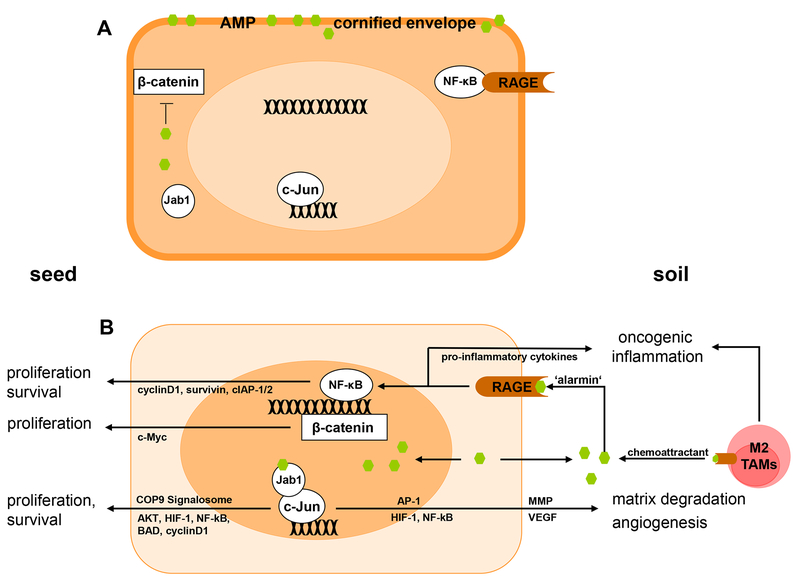Figure 1. Multifunctional psoriasin (S100A7) and koebnerisin (S100A15) control the tumour ‘seed’ and ‘soil’.
Cellular distribution and release of psoriasin (S100A7) and koebnerisin (S100A15) into the extracellular space effect tumour survival and progression A) Cytoplasmic psoriasin and koebenrisin may protect the tumour cell (‘seed’) from physical (cornified envelope) and biological (AMP) damage, and psoriasin prevents β-catenin translocation to the nucleus and its downstream oncogenic activity. B) In invasive carcinomas, a psoriasin - Jab1 is thought to translocate into the nucleus, to activate AP-1 target genes as well as COP9 signalosome signalling. Psoriasin and likely koebnerisin are secreted into the extracellular space (‘soil’) and act as chemoattractants for tumour-associated inflammatory cells, such as macrophages (TAMs). Their secreted function as ‘alarmins’ by binding to extracellular receptors, such as RAGE, thereby mediating tumor-promoting inflammation. Furthermore, extracellular psoriasin is able to induce tumour cell migration via RAGE. Additionally, extracellular and nuclear distribution of psoriasin leads to a lack of cytoplasmic peptide levels and unlocks the β-catenin-mediated oncogenic signalling.

